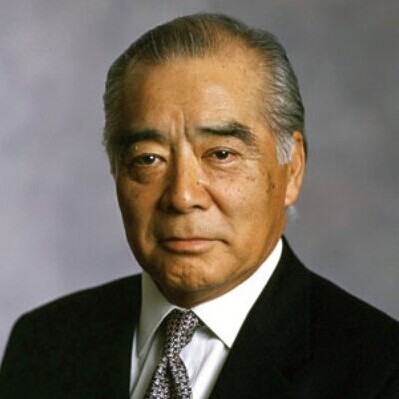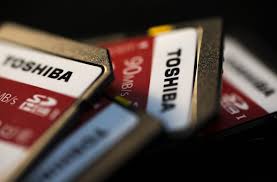Former Chairman of the Board of Fuji Xerox Passed away
 Yotaro Kobayashi’s Biography
Yotaro Kobayashi’s Biography
Born in London on April 25, 1933, Yotaro Kobayashi graduated with a bachelor of arts in the Faculty of Economics at Keio University in 1956, and earned his master of business administration at Wharton School of Finance and Commerce, University of Pennsylvania. In 1958. In the same year, he joined Fuji Photo Film Co., Ltd. (now FUJIFILM Corporation), and moved to Fuji Xerox in 1963. After assuming a general manager of planning as well as a board director and executive general manager of sales, he was named president and chief executive officer,in 1978 at the age of 44.
In 1992, he took on the role of chairman and chief executive officer, and served as chairman of the board from 2004, followed by chief corporate advisor from 2006 and retired from that position in March 31, 2009.
From 1999 to April 2003, he was chairman of Keizai Doyukai, the Japan Association of Corporate Executives, and was named a life-time trustee of Keizai Doyukai in 2003. He also served as chairman of International University of Japan from 2003 to 2015. He was a member of the Board of Trustees at Keio University, and also served on the boards of Sony Corporation, Nippon Telegraph and Telephone Corporation (NTT) and Callaway Golf Company. He enjoyed playing golf and reading.
Yotaro Kobayashi’s Achievements at Fuji Xerox
In 1970, as executive general manager of sales, he rolled out the groundbreaking “Beautiful Campaign–From Hustle to Beautiful” in Japan. This campaign urged to establish good relationship between businesses and society, and received attention as an antithesis against intense society under Japan’s rapid economic growth.
As business environment was becoming increasingly harsh by competitors’ entrance into the market and the oil crisis, Fuji Xerox needed to strengthen its competitiveness. Upon becoming deputy president in 1976, Kobayashi promoted companywide Total Quality Control (TQC) initiatives known as New Xerox Movement.
He was appointed president and chief executive officer in January 1978, and formulated the first Corporate Philosophy that specified the company’s raison d’être as a basic principle of TQC.
The success of his TQC initiatives was recognized in 1980 when Fuji Xerox was awarded The Deming Application Prize. In 1982, Kobayashi established a corporate research center, completing the process of making Fuji Xerox, a company born in 1962 selling U.S.-manufactured Xerox copiers, into a business entity encompassing all stages of research, development, manufacturing and marketing.
He also became a director of the board, Xerox Corporation in the United States in 1987, and played a major role in the remarkable rise of Fuji Xerox’s stature within the global Xerox Group. .
Incorporating opinions from employees as a means to combat the growing uniformity of established TQC initiatives, Kobayashi launched an internal campaign in 1988 titled “New Work Way,” which emphasizes ideas generated at the individual level. Under the campaign, he worked hard to balance the interests of the company with those of the wider community and individual employees, launching Japan’s first social-service leave program. He also introduced systems such as Venture Business Challenge Program as well as satellite office, and moved ahead of other Japanese companies by introducing programs for family care/parenting leave, as well as allowing married employees to continue using their original family names in the workplace.
In 1990s, Kobayashi led the company to develop digital, color multifunction printers. He also took the lead in expanding Fuji Xerox’s overseas operations by acquiring business rights in four countries in the Asia-Pacific Region from Rank Xerox, and establishing a factory in China where was a business territory of Xerox Corporation in 1995.
Upon becoming chairman and chief executive officer in 1992, he formulated the “Good Company Concept,” which was developed based on the ideal advocated in New Work Way. Good company Concept was a corporate commitment that declares to achieve balance among “strong, kind and interesting”; strong in terms of sales and profits, kind to communities and environment, and interesting for employees to work for.
In 1999, he instituted reforms to the company’s board of directors, establishing Finance Committee and Executive Nomination & Compensation Committee answering to the Board, and also introduced the corporate officer system.
In 2000, Kobayashi acquired business rights in China from Xerox Corporation. By the March 2004 account settlement period, Kobayashi had grown Fuji Xerox into a trillion
(Source: Fuji Xerox)

You’re Welcome to Contact Us!
You can provide opinions and comments on this story!
Or you can send us your own story!
Please contact Violien Wu, Head of News & Editorial, via violien.wu@iRecyclingTimes.com






Leave a Comment
Want to join the discussion?Feel free to contribute!